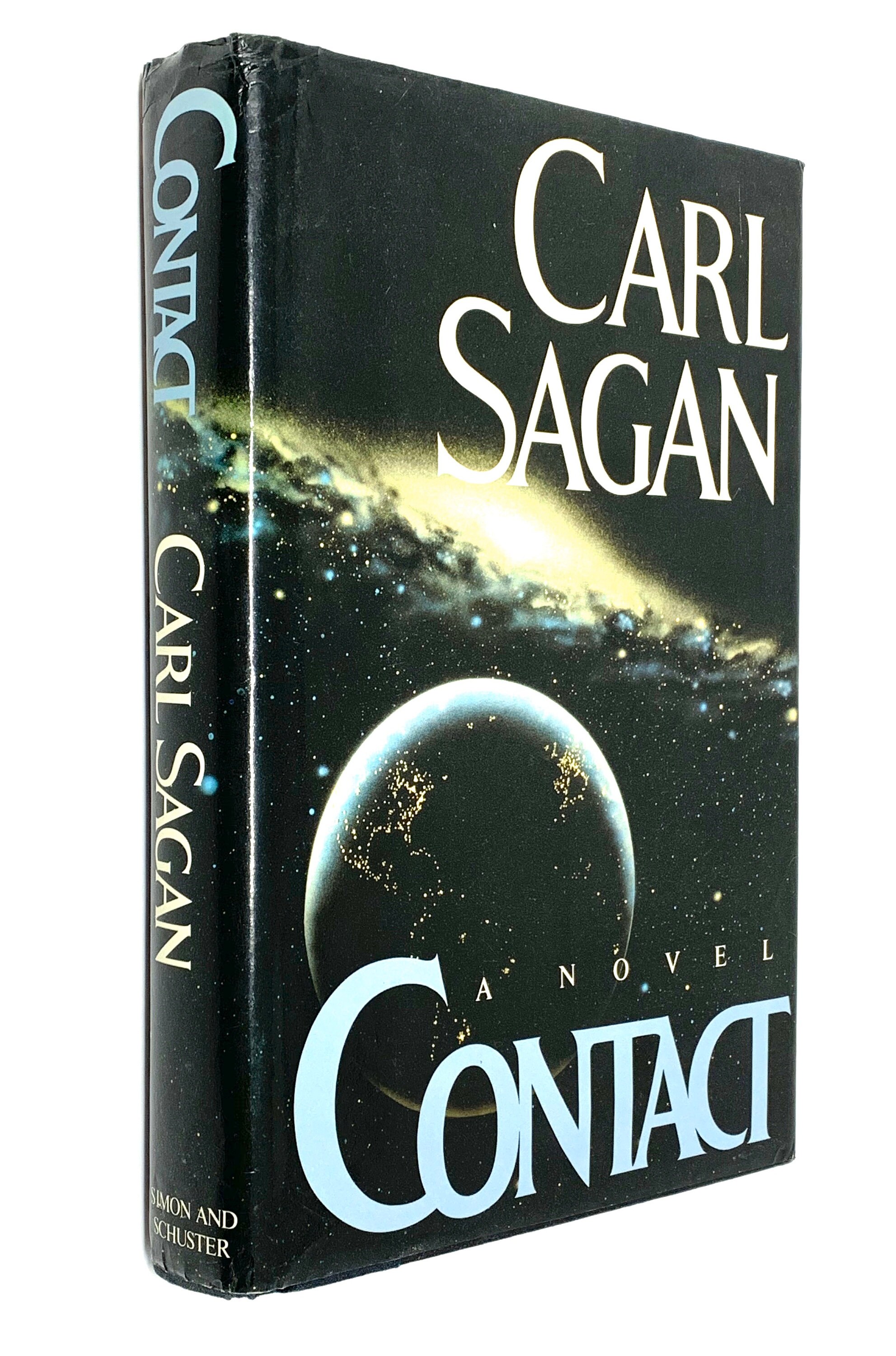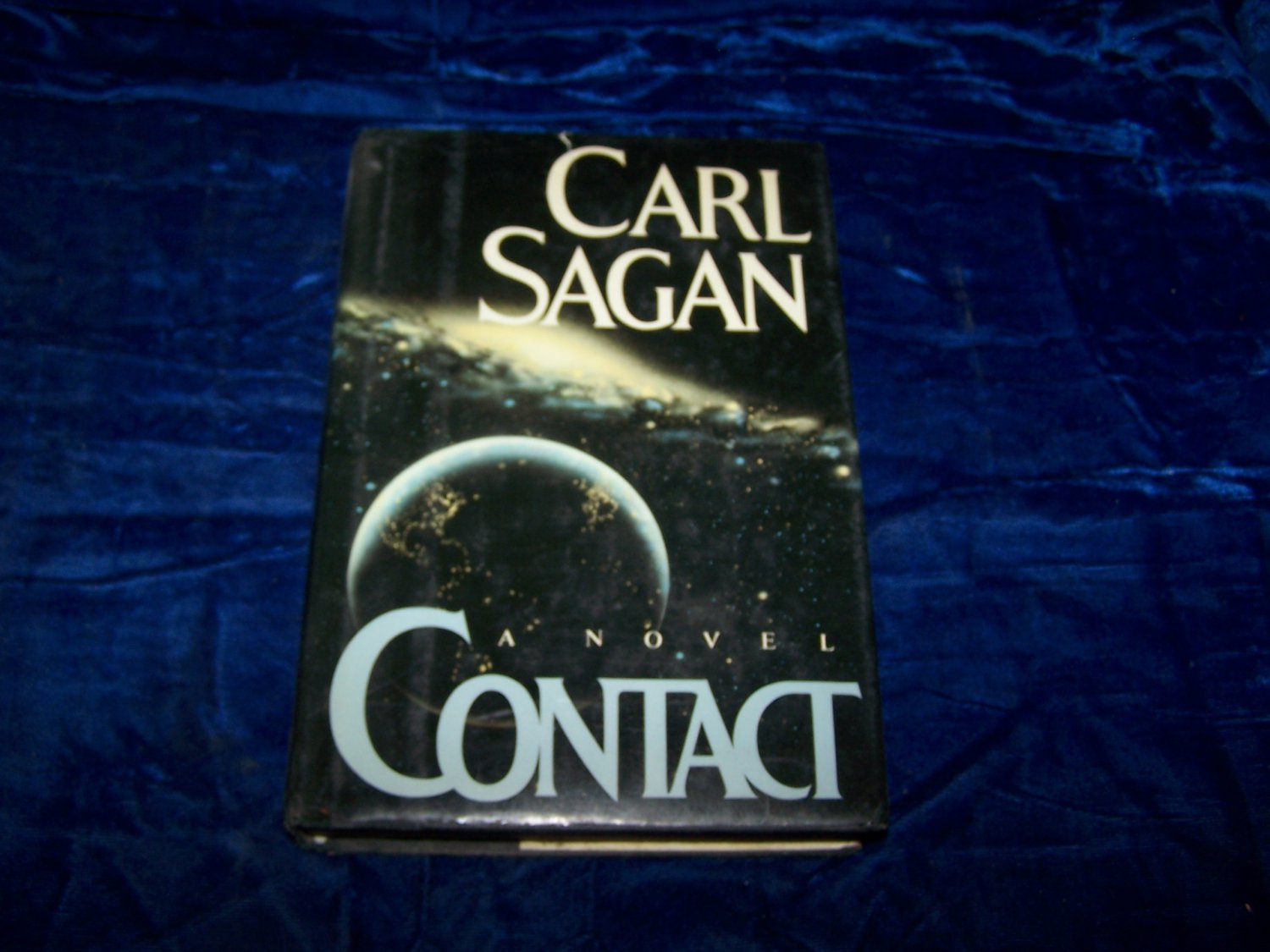

Although such negative energy density is permitted by the laws of physics (e.g., in the Casimir effect, the electromagnetic field between two highly conducting plates), there are quantum inequalities that limit the amount of negative energy that can be collected in a small region of space and how long it can be there and these appear to place severe limits on the sizes of traversable wormholes (wormholes through which things can travel at the speed of light or slower). Likely, but not certain.Ī wormhole will pinch off so quickly that nothing can travel through it, unless it has “exotic matter” at its throat-matter (or fields) that, at least in some reference frames, has negative energy density. It is likely the laws of physics forbid this. Friedman and Atsushi Higuchi “ Topological censorship and chronology Īny creation of a wormhole where initially there is none would require a change in the topology of space, which would entail, in classical, non-quantum physics, both negative energy and closed timelike curves (the possibility of backward time travel)-according to theorems by Frank Tipler and Robert Geroch. Thorne, and Ulvi Yurtsever, “ Wormholes, time machines, and the weak energyĬondition,” Phys. 6,9 6.Īllen Everett and Thomas Roman, Time Travel and Warp Drives ( University

There is no known mechanism for making wormholes, either naturally in our universe or artificially by a highly advanced civilization, but there are speculations for example, that wormholes in hypothetical quantum foam on the Planck scale, G ℏ / c 3 ∼ 10 − 35 m, might somehow be enlarged to macroscopic size.

In brief, physicists' current understanding is this:
#Carl sagan contact book covers movie
This paper describes such opportunities, including: (i) At the motivational level, the manner in which elementary relativity concepts underlie the wormhole visualizations seen in the movie (ii) At the briefest computational level, instructive calculations with simple but intriguing wormhole metrics, including, e.g., constructing embedding diagrams for the three-parameter wormhole that was used by our visual effects team and Christopher Nolan in scoping out possible wormhole geometries for the movie (iii) Combining the proper reference frame of a camera with solutions of the geodesic equation, to construct a light-ray-tracing map backward in time from a camera's local sky to a wormhole's two celestial spheres (iv) Implementing this map, for example, in Mathematica, Maple or Matlab, and using that implementation to construct images of what a camera sees when near or inside a wormhole (v) With the student's implementation, exploring how the wormhole's three parameters influence what the camera sees-which is precisely how Christopher Nolan, using our implementation, chose the parameters for Interstellar's wormhole (vi) Using the student's implementation, exploring the wormhole's Einstein ring and particularly the peculiar motions of star images near the ring, and exploring what it looks like to travel through a wormhole. Christopher Nolan's science fiction movie Interstellar offers a variety of opportunities for students in elementary courses on general relativity theory.


 0 kommentar(er)
0 kommentar(er)
